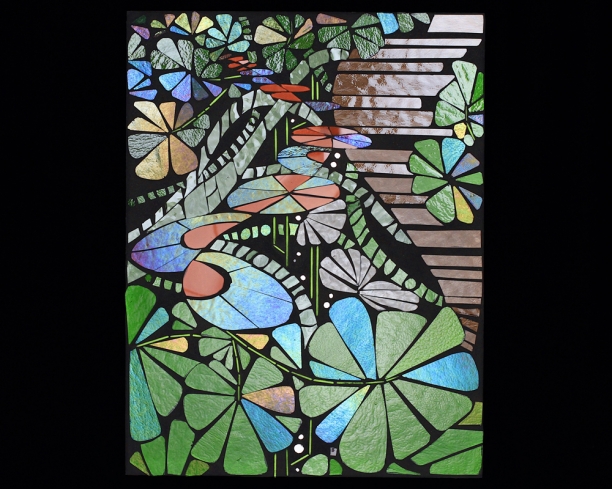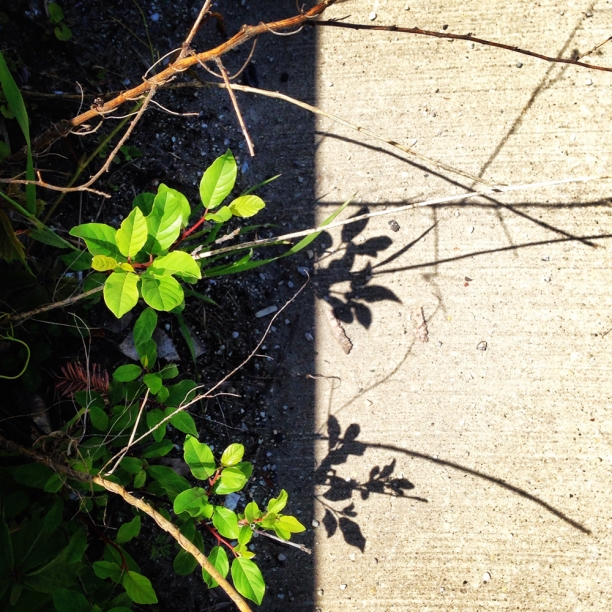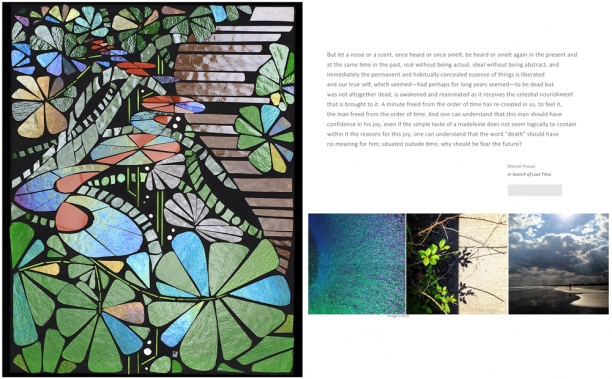The Proust series is headed to NYC next week. The work will be displayed in book form as part of the art show for the American Psychoanalytic Association at the Waldorf Astoria Hotel. Images of all nine art pieces along with Dr. Barry’s explanatory text, the Proust quotation and the literal photographs will be printed in a large format book as a visual introduction to the project. Dr. Barry's book addresses the neuroscience of Marcel Proust’s In Search of Lost Time, specifically exploring the so-called “Proust phenomenon” in which intense, visceral memories are evoked by scents.
Flourish completes the series with a curving, organic composition in lush rich color. Going back to Proust’s In Search of Lost Time, this piece offers a complete re-ordering of space and time. Proust makes the argument that it is when past and present merge that time can be altered and even temporarily halted. Dr. Barry discusses the importance of this concept in the practice of psychoanalysis where “the halting of time occurs as the multiple layers of existence are allowed to exist simultaneously, and one can be as a child in the presence of one’s adult self, and use one’s adult self to heal the child."
All compositional elements are reworked as curving and vining elements, suggesting the fluidity of time, interconnectedness of experience and potential for flourishing. Our central ‘constructive memory’ circles become a path that points to illumination and the concept of the journey. Curved and fragmented text elements connect to the importance of language as a tool in psychoanalysis. New ambiguous compositional elements can be read as a encoded information or connect with literal imagery in previous pieces.
Photographs serve as visual metaphors for the invisible processes of introspection, discovery and association. Images of the hippocampus--critical to the consolidation of memories--were provided courtesy of neuroscientist Justine Kupferman and tie back to the fundamental aim of the book project: to understand the neuroscience behind Marcel Proust.
The fragmented, disorienting Dream piece is drawn from this larger composition which offers a more complete image of journey and flourishing associated with the process of psychoanalysis.
See all pieces in the Proust series.


